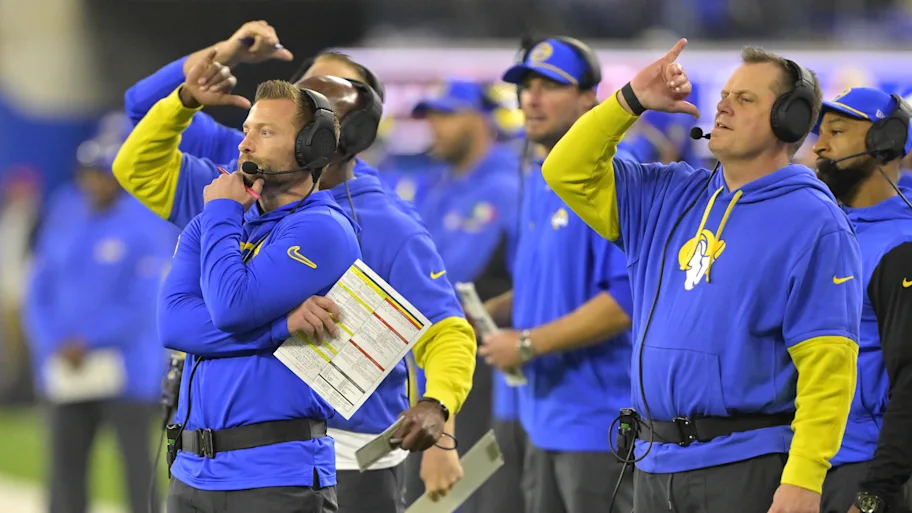
A recent headline claiming that the Los Angeles Rams received a “terrible” grade in a new 5-year draft ranking has raised eyebrows—but does it actually hold weight? Upon closer examination of their draft history from 2020 through 2024, it becomes clear that this harsh judgment doesn’t quite align with the facts.
The Rams’ approach to the NFL Draft over the past five years has been unconventional. Known for frequently trading away first-round picks in favor of proven veterans (think Jalen Ramsey, Matthew Stafford), the Rams have leaned into a “stars and scrubs” roster-building model. While this strategy resulted in a Super Bowl win in the 2021 season, it has also left the team with limited draft capital, which may explain some of the skepticism around their long-term talent acquisition.
However, when analyzing the Rams’ actual draft results, the picture improves significantly. The 2023 draft class was a clear success. Puka Nacua, a fifth-round selection, shocked the league by recording nearly 1,500 receiving yards in his rookie year, setting multiple records for a first-year receiver. Defensive linemen Kobie Turner and Byron Young—also mid-round picks—combined for 17 sacks and nearly 100 quarterback pressures in 2023, showing immediate impact and strong upside.
The 2024 draft continued that positive trend. With improved draft capital, the Rams selected Florida State edge rusher Jared Verse and DT Braden Fiske, two defenders who have already made an impression in camp and early play. Experts collectively ranked the Rams’ 2024 class ninth overall, with a composite GPA of 3.36, according to Rams Wire. This is a strong score for a franchise not used to picking early.
Critics of the Rams’ draft strategy often point to the lack of first-round picks and perceived depth concerns on the roster. However, the front office has consistently found value in the middle and late rounds—an underrated skill in a league where draft success is never guaranteed, even for top-10 picks.
It’s possible that the “terrible” grade is coming from a narrow viewpoint that values first-round talent and immediate star power over developmental success and roster efficiency. While the Rams haven’t always hit on every pick (few teams do), their ability to find contributors outside the first round—especially on rookie contracts—has helped keep them competitive despite salary cap challenges.
In summary, while the Rams’ draft strategy over the past five years may not follow traditional lines, calling it a failure is an overreach. The numbers, recent player development, and expert evaluations tell a more nuanced story. The Rams have built a competitive team using a unique blueprint, and while it hasn’t been perfect, it certainly hasn’t been “terrible.”
Unless more detailed and credible rankings emerge to support that claim, fans and analysts should take such headlines with a grain of salt.



